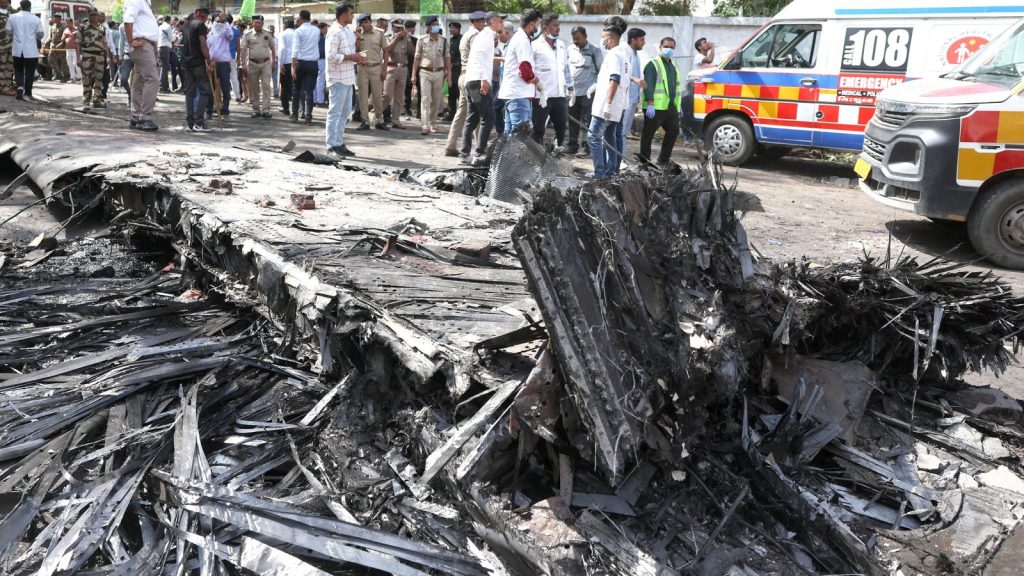At least 242 people were on board the flight bound for London when it crashed in India’s Ahmedabad.
An Air India flight which was en route to London Gatwick crashed in India.
At least 242 people were on board the flight when it crashed shortly after take-off in the northwestern Indian city of Ahmedabad – 241 of those died. Local police initially said there appeared to be no survivors, but it later emerged that at least one person – a UK national -survived the disaster. Here is everything you need to know.
Where did the plane crash?
Air India Flight 171 took off from Ahmedabad Airport at 1.38pm local time on Thursday 12 June. According to flight-tracking website Flightradar, the aircraft reached a height of 625ft before crashing. The last signal from the plane was received less than a minute after take-off.
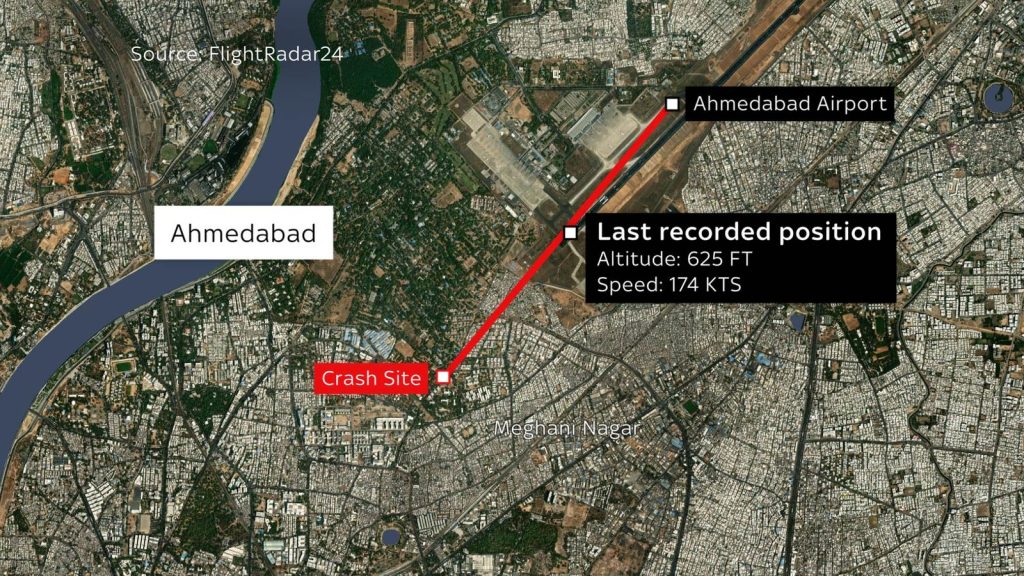
MV News showed the plane struggling to gain altitude, and instead beginning to descend towards buildings, with its wheels still out and its nose raised.
The aircraft crashed into a residential area of the city called Meghaninagar, Faiz Ahmed Kidwai, the director general of the directorate of civil aviation, told the Associated Press. It came down just outside the airport, hitting the residential quarters of BJ Medical College where students were staying. A total of 241 passengers and 19 others on the ground were killed.
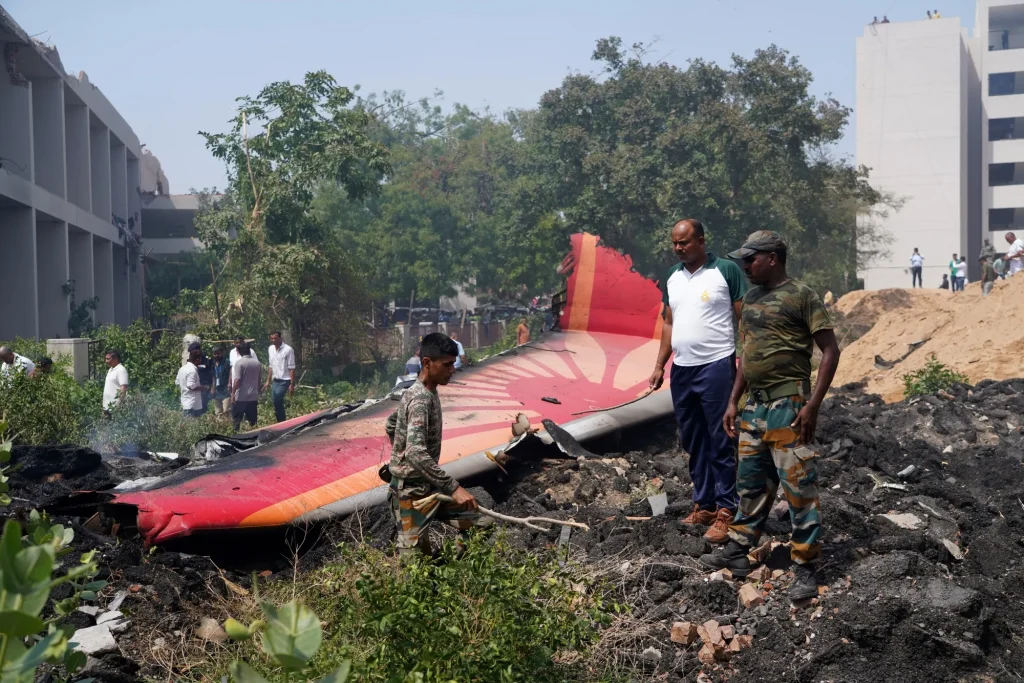
The tail of the plane was pictured protruding from the side of a building while the wings were ripped completely from the main body of the aircraft.
Images from the scene showed people being carried in stretchers and taken away in ambulances.
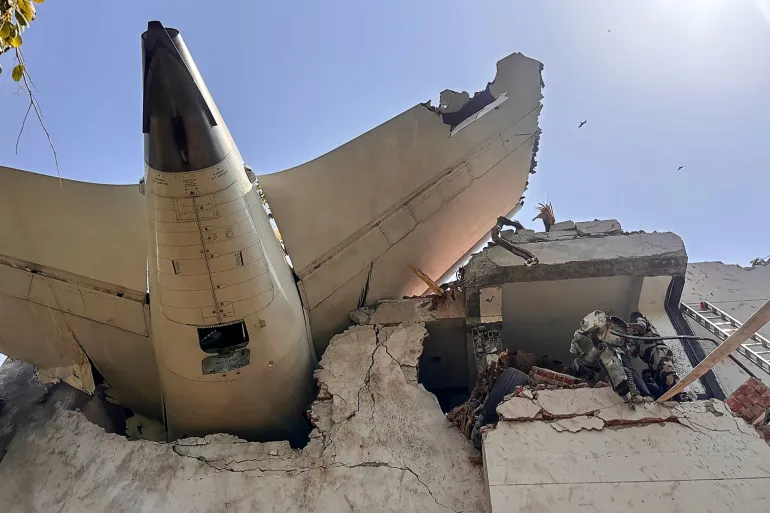
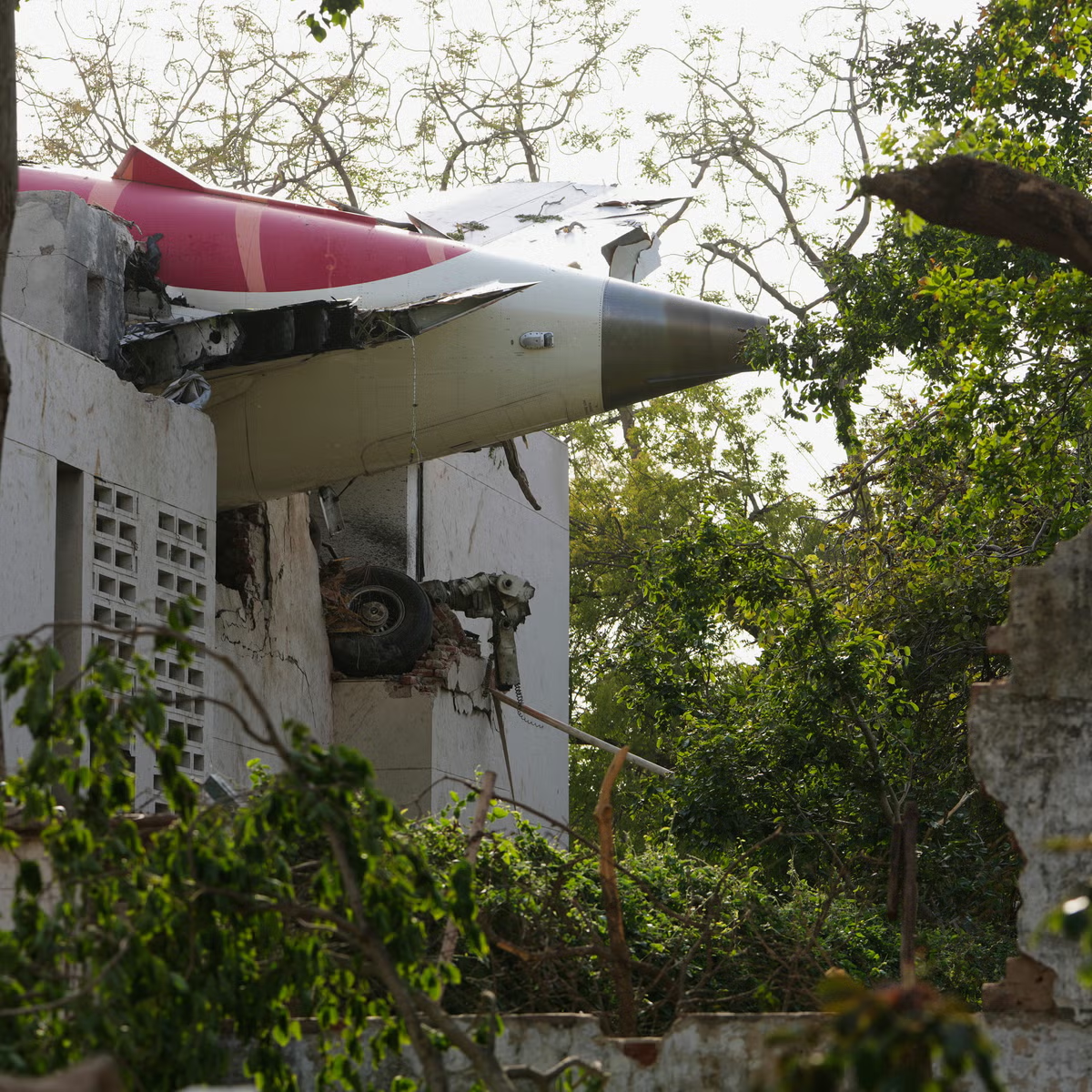
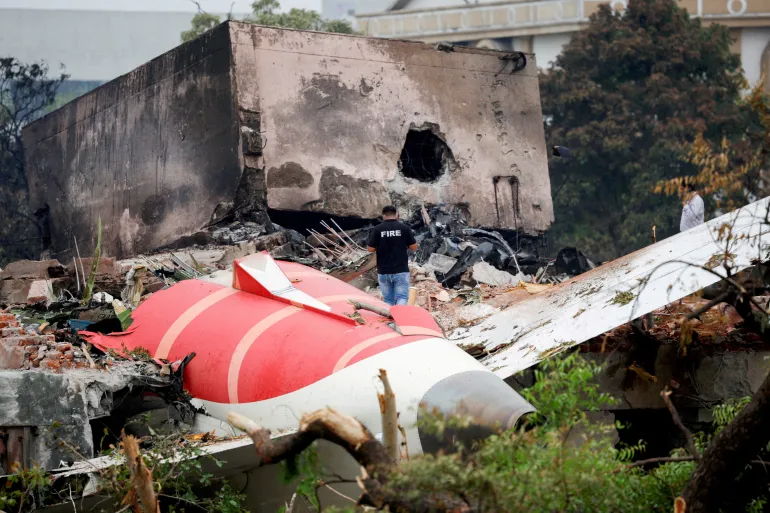
Who was on board?
Air India said the 242 passengers and crew included 53 British nationals, 169 Indian nationals, seven Portuguese nationals, and one Canadian. Three Britons, all members of the same family, were confirmed to be among those killed. In a Facebook statement, Gloucester Muslim Community said Akeel Nanabawa, his wife Hannaa and their four-year-old daughter Sara died in the crash. British national Vishwash Kumar Ramesh is believed to be the only survivor.
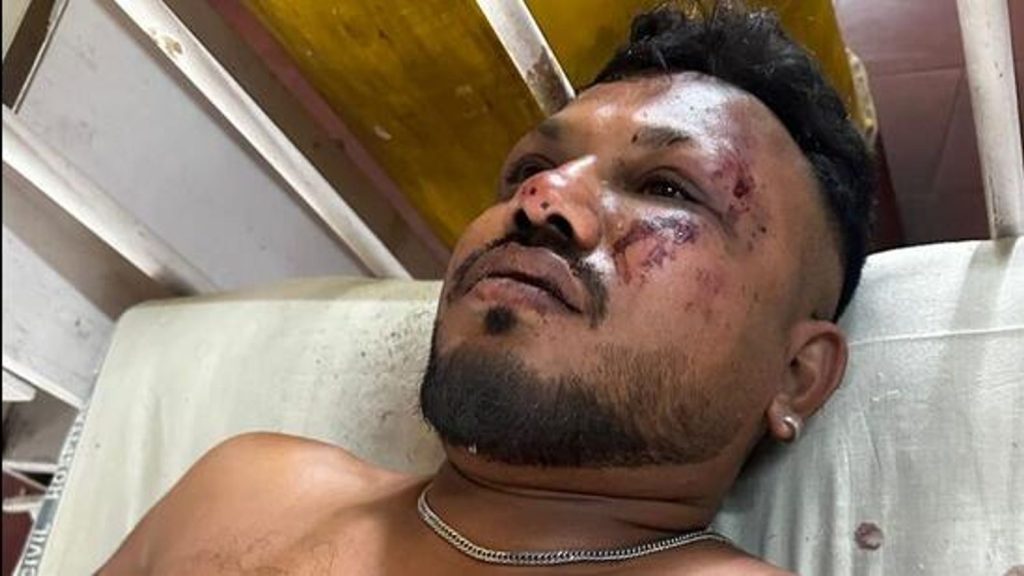
His brother, Nayan, told MV News their father was on the phone to him while the plane was still on the runway – before he video called again two minutes later to say the plane had crashed and: “I don’t know how I’m alive.” His other brother, who was also on the flight and seated in a different row on the plane, died in the crash.
Speaking from his hospital bed, Mr Ramesh said he “still can’t believe” he survived.
He said he thought he “was also going to die” but he then “opened [his] eyes”.
“I pulled out the belt from under my seat and tried to escape. Then I managed to do it,” he told DD India.
Mr Ramesh told the Hindustan Times newspaper he had lived in London for 20 years. The flight had been due to land at London Gatwick at 6.25pm UK time.
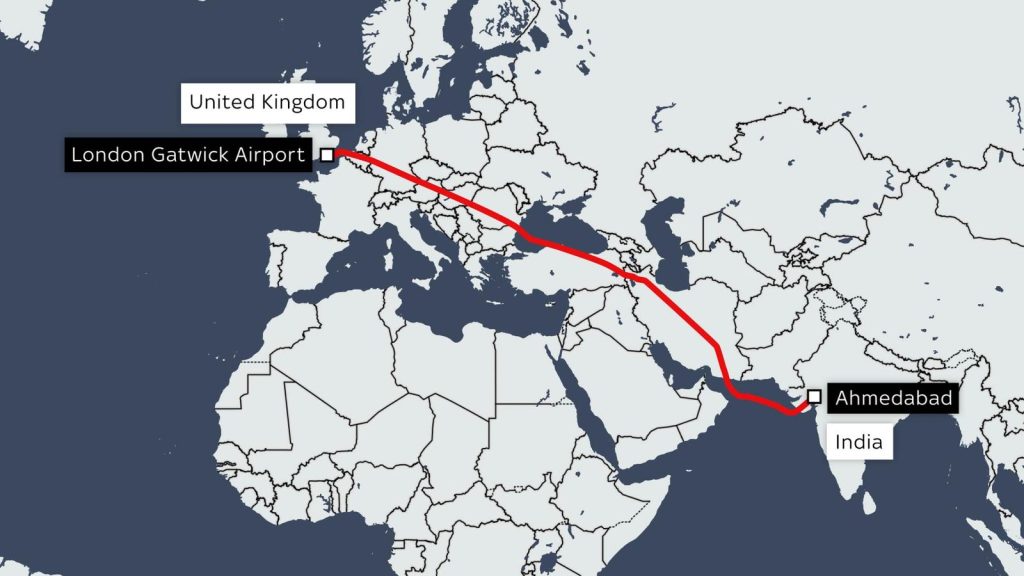
What caused the crash?
According to a preliminary investigation into the crash, fuel to the engines of the aircraft appeared to cut off shortly after take-off. A 15-page report by India’s Aircraft Accident Investigation Bureau (AAIB), released at the beginning of July, said that switches in the Boeing 787 Dreamliner’s cockpit that controlled fuel moved to a “CUTOFF” position.
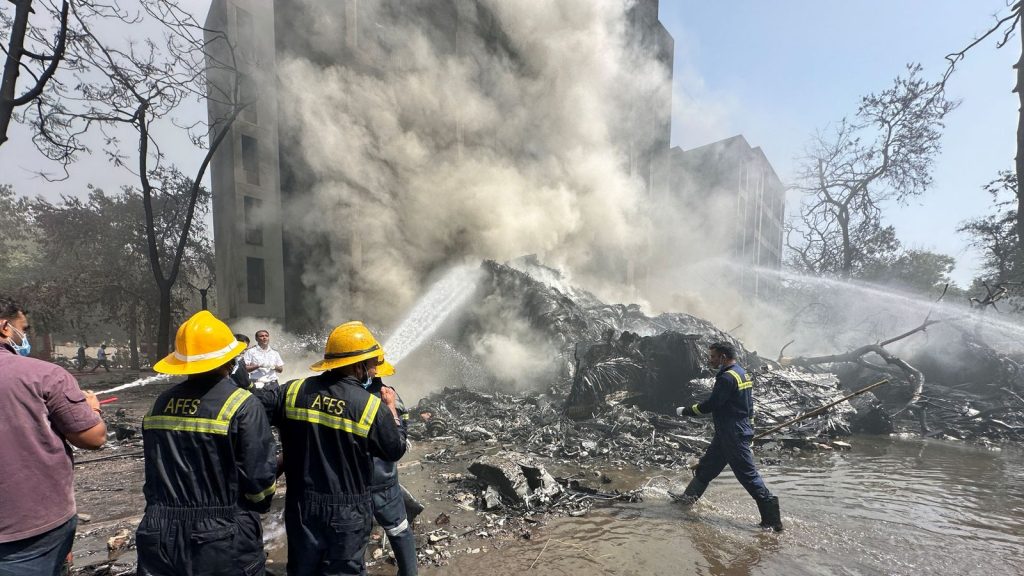
There was then confusion in the cockpit. In a voice recording of the flight’s captain first officer, one is heard asking the other why he “cut off”. The other pilot responds that he did not do so. Flipping to “CUTOFF” almost immediately cuts the engines, and is most often used to turn the engines off once a plane has arrived at its airport gate and in certain emergency situations, such as an engine fire – though both switches together are rarely used simultaneously.
The report does not indicate there was any emergency requiring an engine cutoff. It also does not give a conclusion as to how the switches moved. Tim Atkinson, a pilot and aviation consultant, told Sky News’ Gillian Joseph “there are very few situations or circumstances which would explain this”. He explained: “One would be an utterly extraordinary human error, an unintentional act, and the other – I’m very sorry to say – would be an intentional act. And that’s not a suggestion or allegation, it’s simply an analysis of the small amount of information that we have at hand at this moment.”
